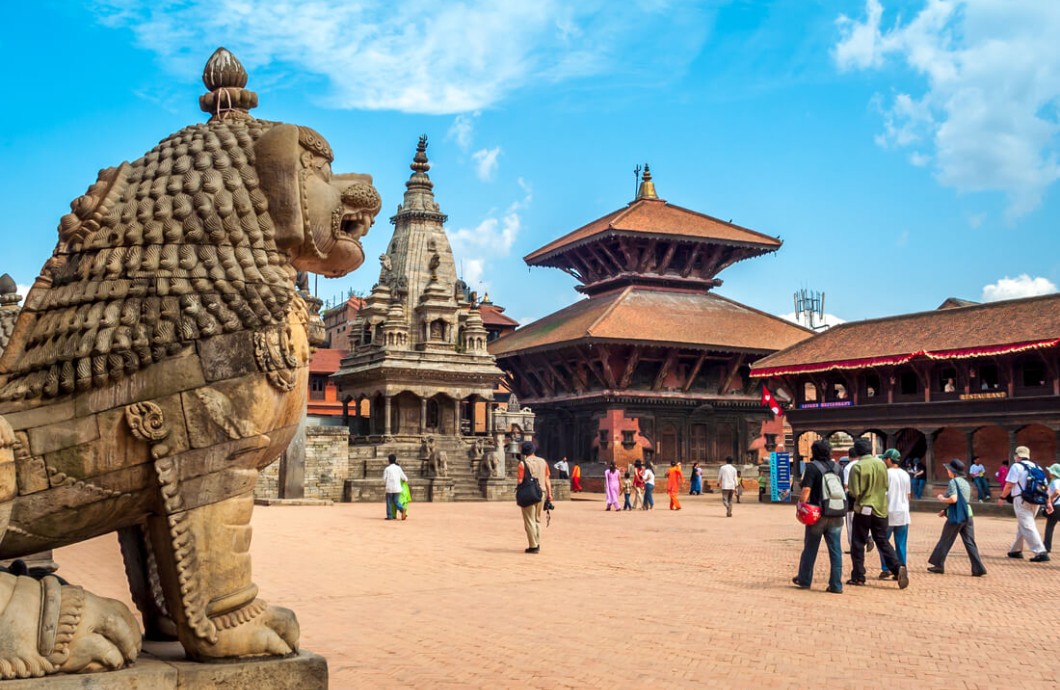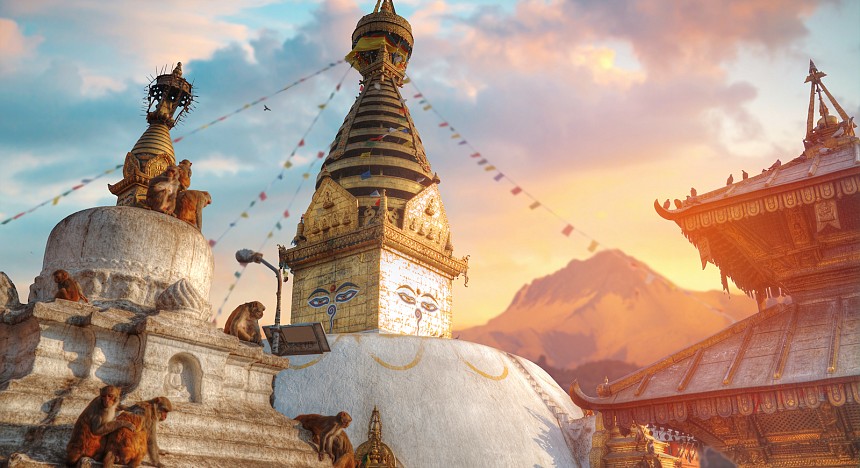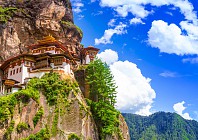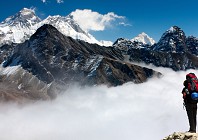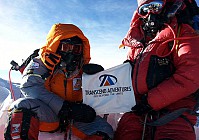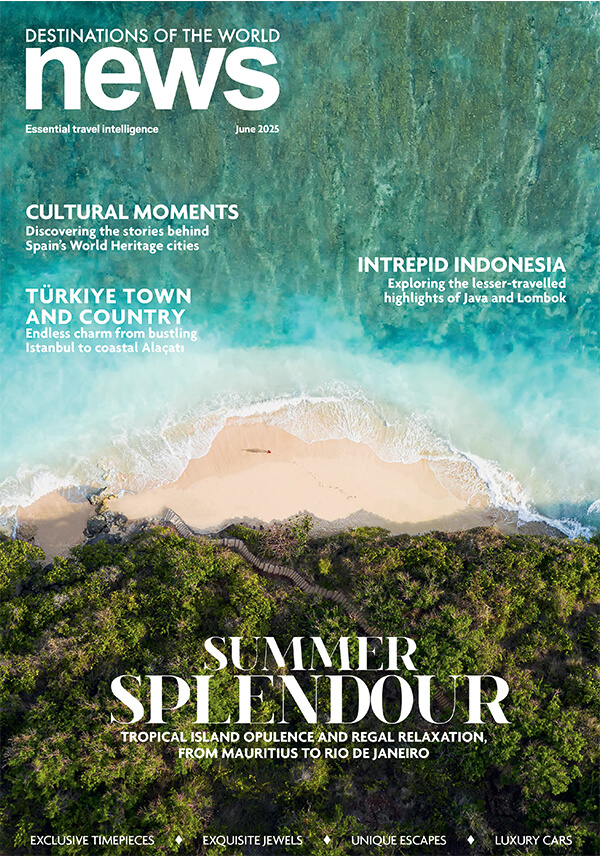Between the dramatic landscapes of Everest Base Camp, the Annapurna Sanctuary, the Manaslu Circuit, and the more accessible Ghandruk Loop, the appeal of hiking across Nepal is undeniable – especially as its trails reward trekkers with cosy teahouses, insights into Sherpa culture, and significant Buddhist and Hindu pilgrimage sites along the way. As a result, the Nepalese capital of Kathmandu is where they purchase outdoor gear, board domestic flights to Lukla and Pokhara, and tend to their aching muscles with cheap massages and even cheaper dal bhat platters post-trek. As for those who hate hiking? The city rarely makes an appearance on their bucket list.
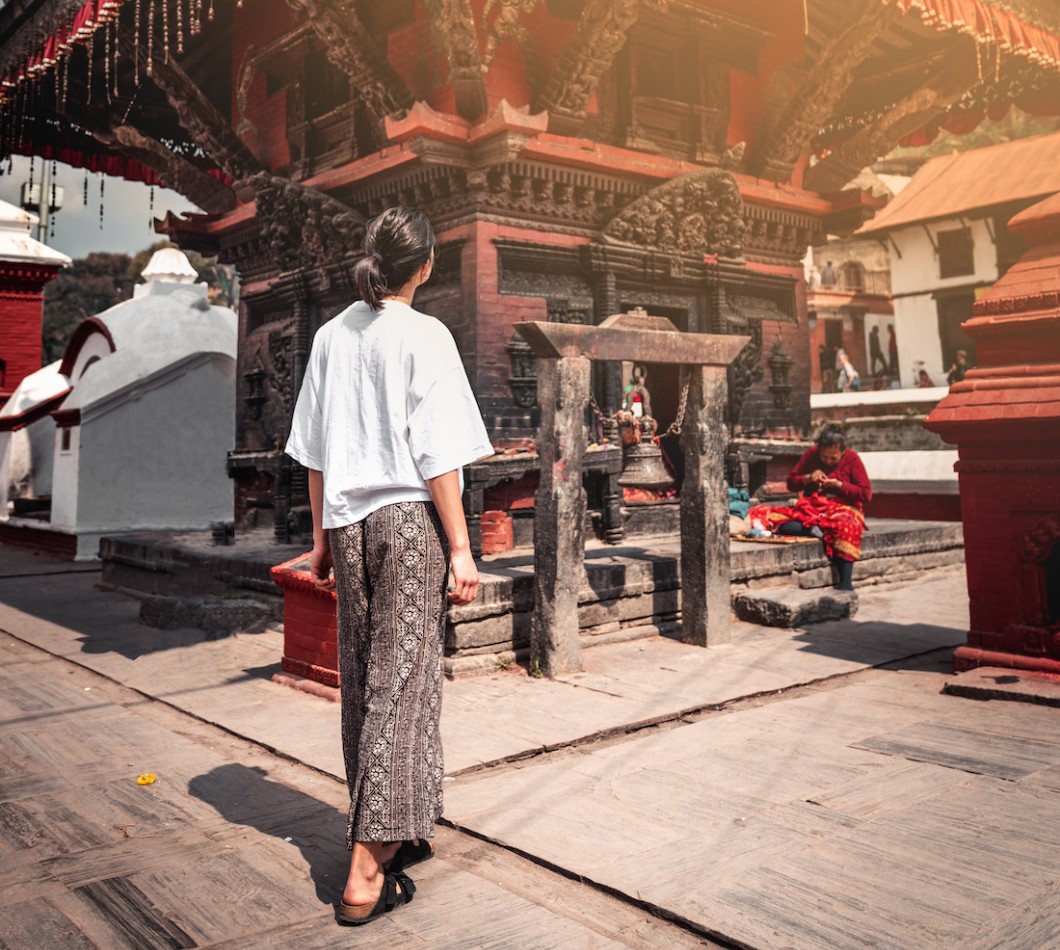
What happens in this process, however, is a lost opportunity to discover the UNESCO-listed sites of Kathmandu Valley, temples dating back to the third century, elaborate thangka art, and a perpetual showcase of human resilience. Following the 7.8 magnitude earthquake back in 2015, Nepal has continued its reconstruction efforts – even amidst the pandemic – vowing to provide a roof over the country’s most vulnerable residents. And the ultimate address to escape the chaos of Kathmandu come dusk? Dwarika’s Hotel.
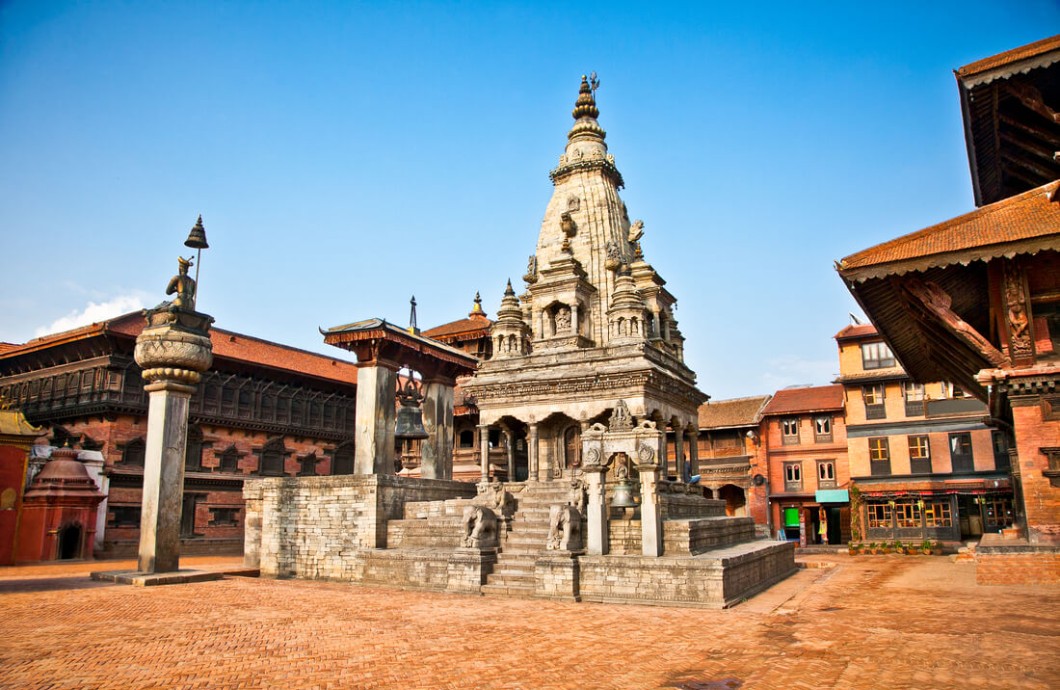
SLEEPING IN
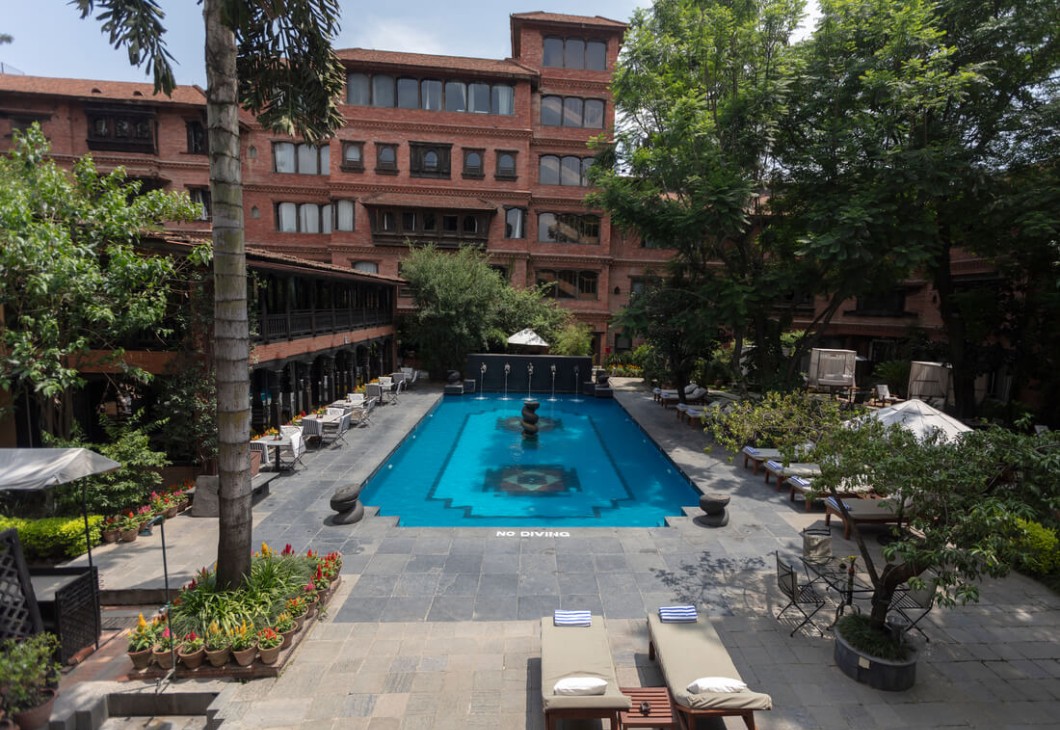
Admittedly, Kathmandu isn’t quite where you would go to ‘get away from it all’. Noisy, polluted, and overpopulated, it is a city that’s more catered to hardier travellers than tourists. And then there’s the traffic – that notoriously nasty traffic. Luckily, the public spaces of this quietly luxurious heritage hotel promise respite. While the guest rooms are spacious, it’s the wide and atmospheric courtyards that offer the best vantage point to admire the architectural grandeur of days gone by. Accenting the palatial cluster of traditional red-brick buildings are sunken fountains, lush pomelo and persimmon trees, and a light scattering of religious shrines. Arguably the most striking detail can be found at the outdoor swimming pool that’s inspired by 12th-century Malla Dynasty baths: water gushing out of stone spouts depicting mythical creatures.
-tkkb1o.jpg)
Incidentally, Dwarika’s is the brainchild of the late Dwarika Das Shrestha, who was determined to collect, protect, and replicate the intricately engraved wooden structures that were being desecrated in favour of more modern versions, starting with a pillar that was cast aside to be used as firewood. Today, the family-owned property boasts an astounding collection of artefacts from the 13th century onwards, with beautifully carved doors, pillars, and window frames at every turn – all exhibiting the very best of Kathmandu Valley’s craftsmanship. But don’t let this emphasis on heritage fool you. While the founder’s vision is reflected in each of the 83 rooms and suites, they all feature creature comforts like air conditioning, a French press, and a large sunken bathtub
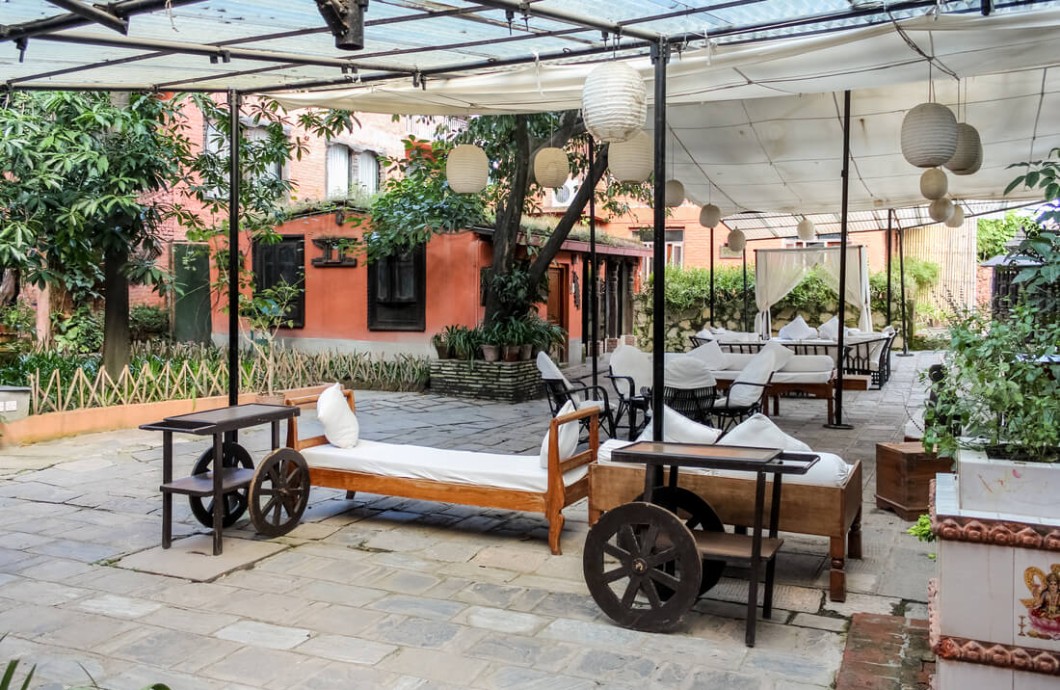
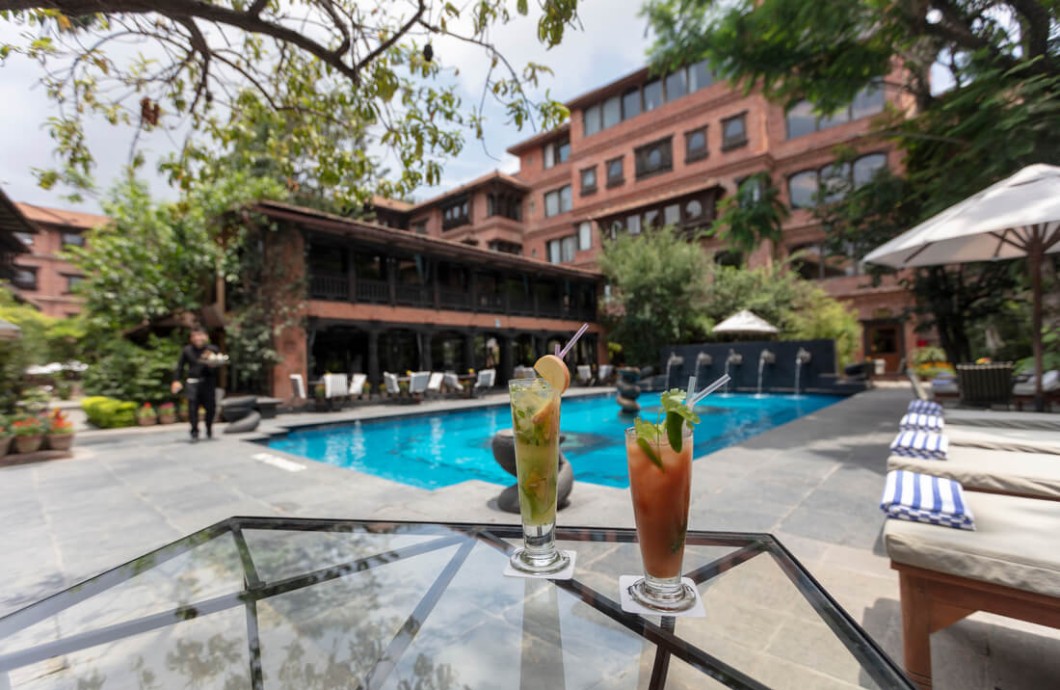
The onsite spa and dining outlets, meanwhile, allow immersion into local rituals. Krishnarpan restaurant, for example, is anchored in a slow-dining experience not to be missed. For one, you can feast on up to 22 courses, starting with Samaya Bajee. Comprising the likes of kidney beans, flattened rice, and a pancake of sorts, this range of hors d’oeuvres is generally served during religious ceremonies, so you will be asked to ‘make a small offering to Lord Krishna first’. The proceeding courses consist of everything from buffalo-meat momos and pickled radish to chickpea curry, sautéed mushrooms, spiced potatoes, and flash-fried lentils alongside different types of rice, before wrapping up with cinnamon-flavoured yoghurt and semolina pudding.
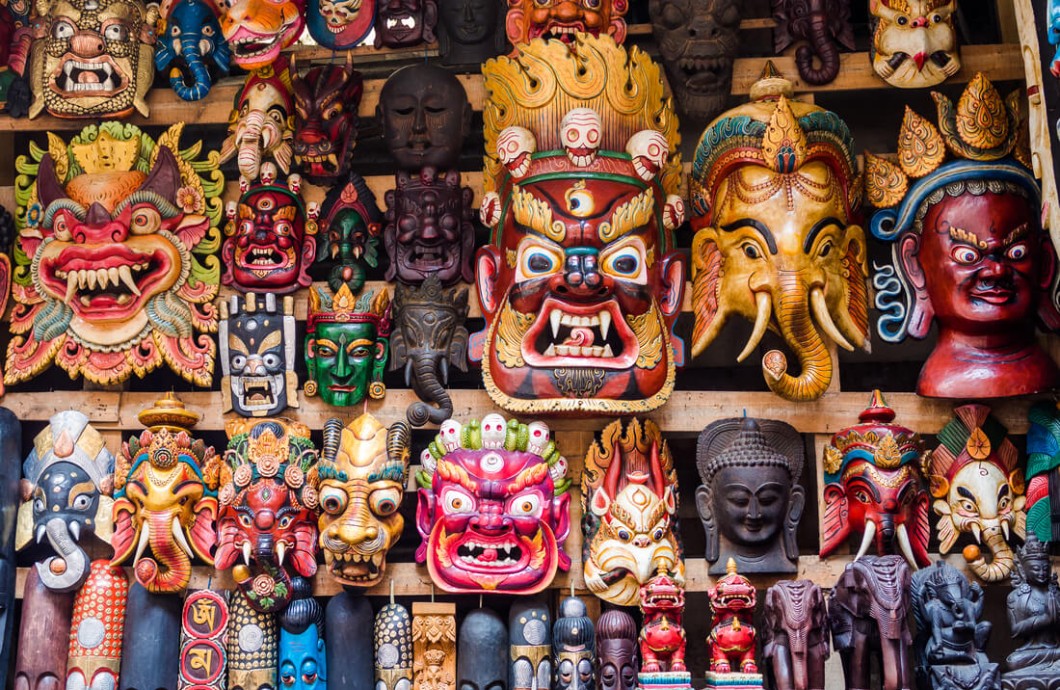
Not only is a meal at Krishnarpan a culinary journey through Nepal, but it’s also a cultural one. For starters, a heavily bejewelled hostess will remove your shoes and wash your hands before escorting you to a low table. Native masks, traditional earthenware, and even more wood carvings continue to set the tone, while a customised menu makes for a wonderful little souvenir of your brush with Kathmandu Valley’s Newari community. Bragging rights, however, come courtesy of those who have dined here before you: Prince Charles, Selena Gomez, Hillary Clinton, Demi Moore – and plenty more. Continuing in the realm of Nepalese traditions is the Pancha Kosha Himalayan Spa, which draws on Ayurveda principles and Buddhist medicine. The spa refers to each of its treatments as “a journey into oneself”, a claim you ought to put to the test with the Pancha Kosha Newari Massage Therapy. The definitive antidote to a day spent exploring Kathmandu on foot, this 75-minute signature massage is simultaneously relaxing and invigorating thanks to age-old strokes paired with mustard oil infused with warming fenugreek and cooling camphor. All the products used at Pancha Kosha are organic, homemade, and exclusive to the spa. They also make for particularly unique gifts, so be sure to browse the selection on your way out. Yak-milk soap, anyone?
STEPPING OUT
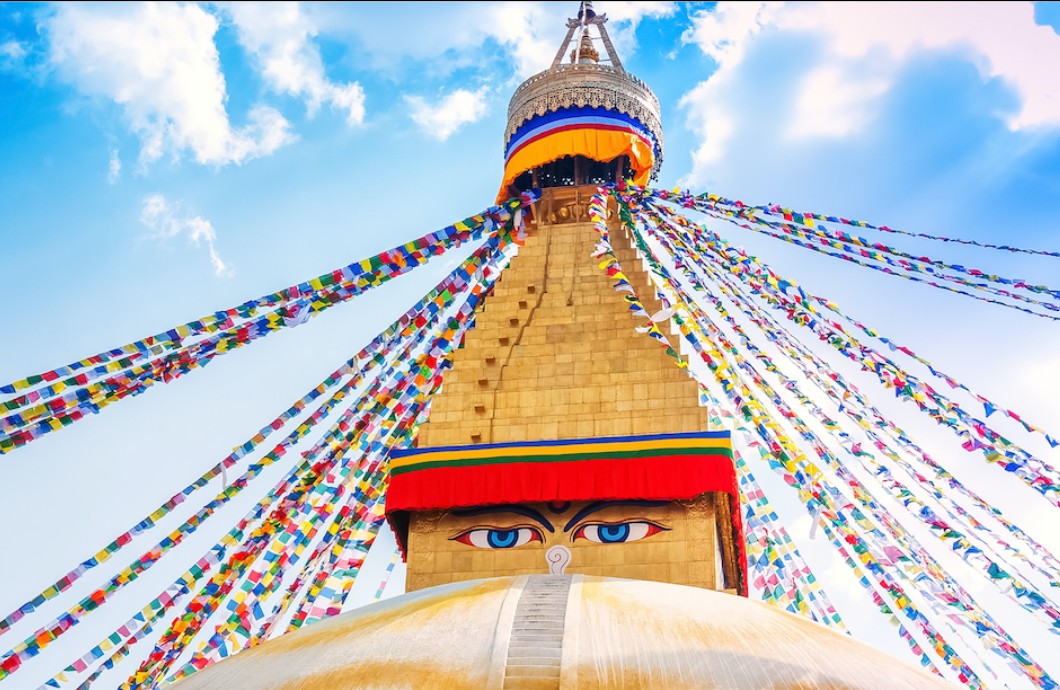
While Dwarika’s Hotel is much closer to the airport than the city centre, you will appreciate its location when it’s time to wake up at 5am for what can only be described as a truly awe-inspiring day trip. Local airlines like Buddha Air and Yeti Airlines run hour-long mountain flights on a daily basis, providing passengers with a front-row seat to the snow-capped mountains of the Himalayas – Mount Everest included. What’s more, each boarding pass depicts the silhouettes of all the various peaks to help passengers identify them mid-flight with ease. Whether you’re interested in mountaineering or proud of your aversion to it, this one’s a must-do, hands down.
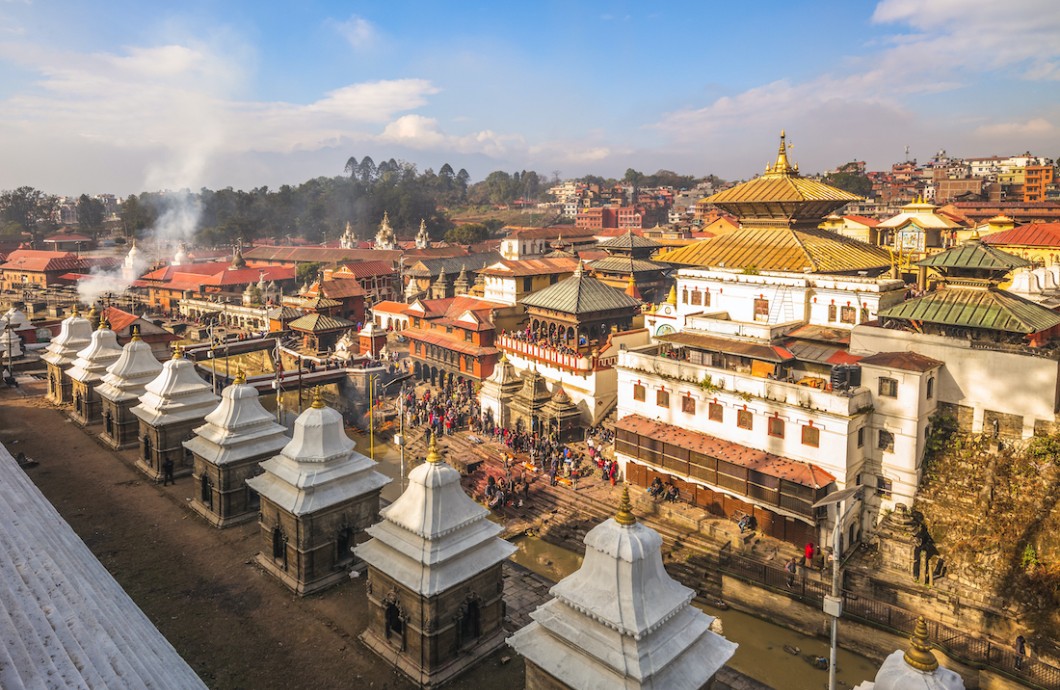
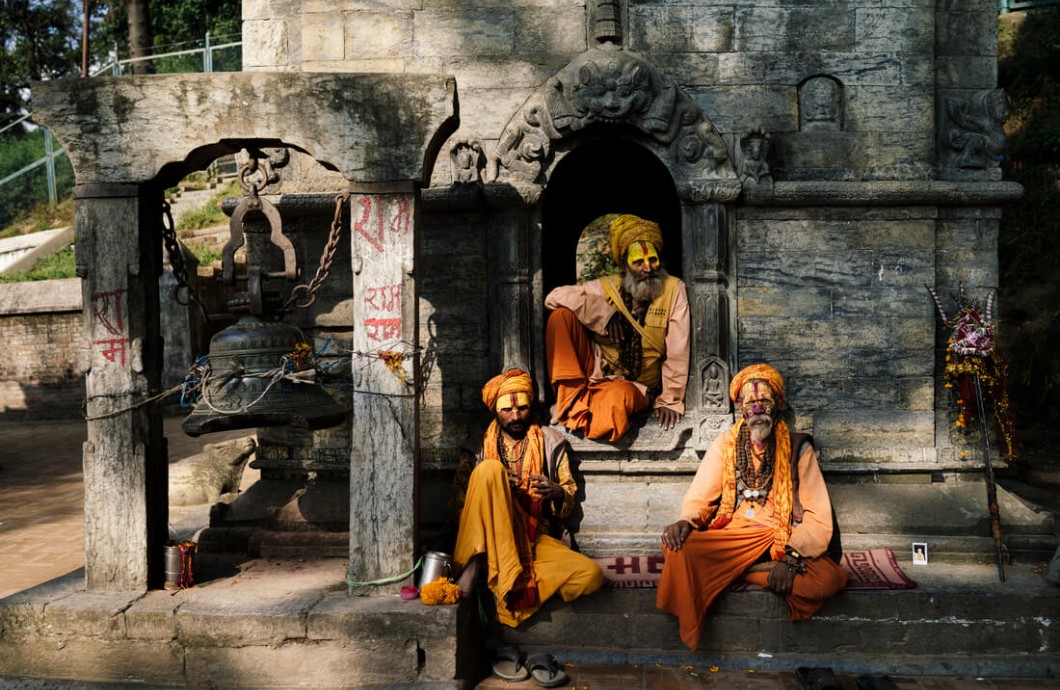
Closer to sea level, two major attractions are easily accessible from the hotel, starting with Pashupatinath Temple. Arguably the most famous religious site in all of Nepal, this Hindu temple complex is only an 11-minute walk away from Dwarika’s and the personification of sensory overload. Amidst this riot of colours, sounds, and smells is an opportunity to observe cremation ceremonies, devotees bathing in the sacred Bagmati River, and dreadlocked sadhus dressed in canary yellow and eager to pose for photos in exchange for a few hundred rupees. As stray dogs vie for a spot in the shade and monkeys scamper from temple to temple, we suggest you silently vow to embrace Kathmandu and its people wholeheartedly, curious stares and all.
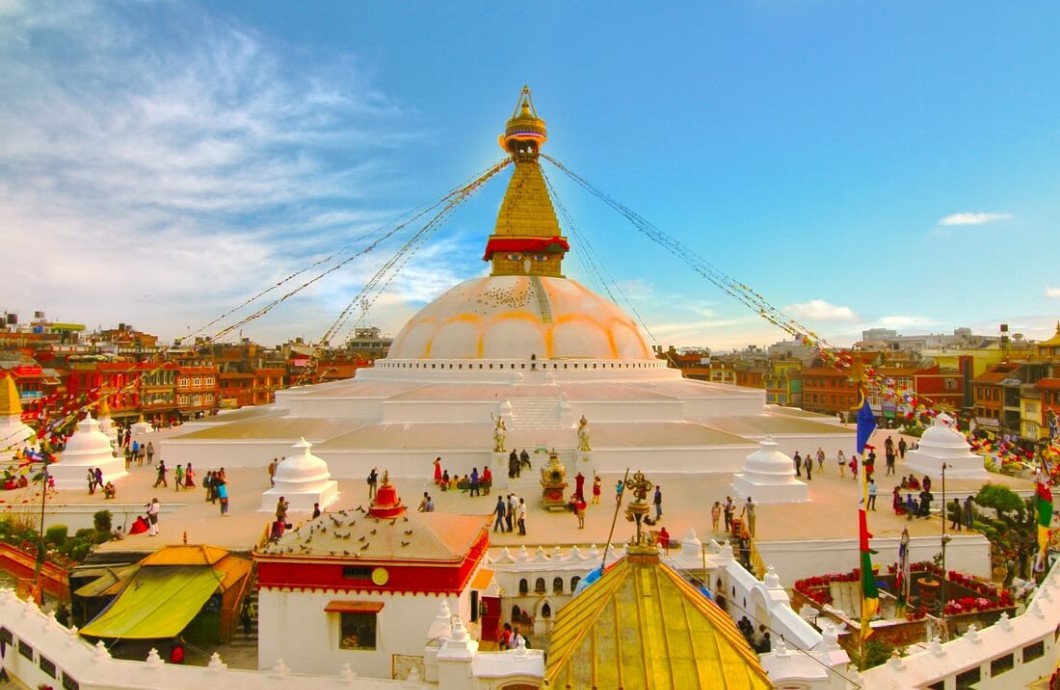
In stark contrast to this parade of human and animal activity at Pashupatinath is the nearby Boudhanath, one of the largest stupas worldwide. Here, Buddhist monks silently walk clockwise around its base, prayer flags of all colours flutter in the wind, and pilgrims spin the many cylindrical prayer wheels that contain scrolls of Buddhist mantras. Like the rhythmic activities that humans turn to in times of stress, the repetitive nature of this environment feels relaxing, meditative almost. Nearby, the Taragaon Museum not only embodies, but also chronicles the city’s architectural transformation through sketches, drawings, maps, and other visuals (an 1863 photograph of Kathmandu, for example). Designed by Austrian architect Carl Pruscha in the 1970s, this distinctively modernist structure is seamlessly composed of oversized circular windows, barrel-vaulted rooms, and terracotta bricks that add a sense of place. But that’s Nepal for you – full of unexpected surprises that have nothing to do with mountaintops.
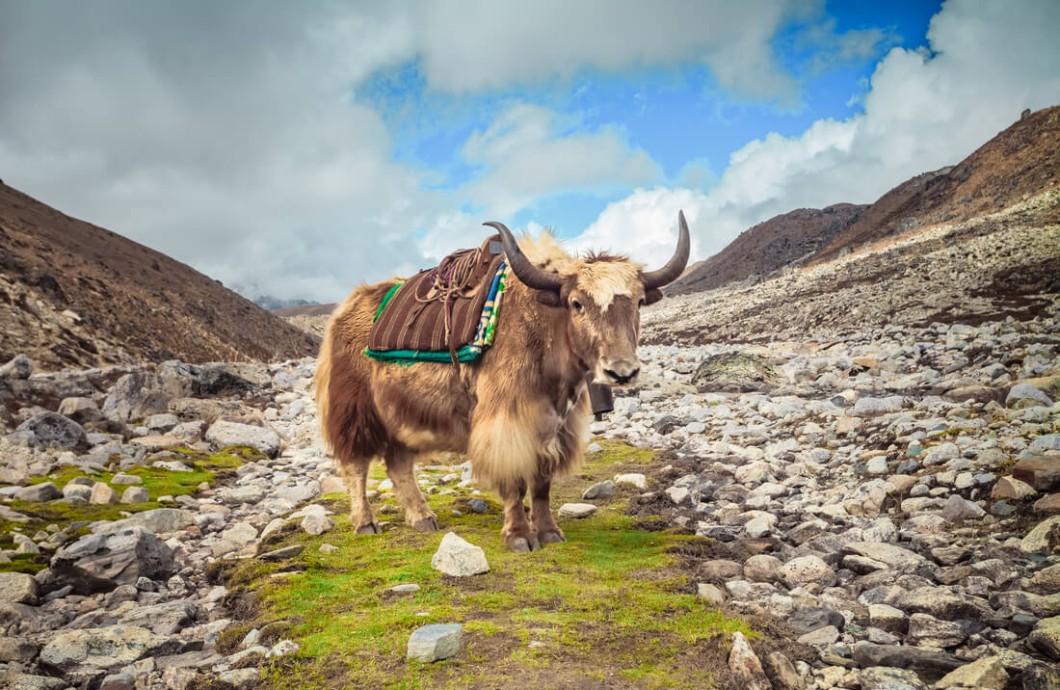
Case in point: the array of yak cheeses by Himalayan French Cheese. The brainchild of French cheesemaker François Driard, these varieties are the outcome of not only his affinity for all things wine and stinky cheese, but also his longstanding love affair with Nepal – the entrepreneur has called the capital home since 2007. Considering his prize-winning Yak Blue cheese (produced 3,370 metres above sea level amidst the mountains of the Ramechhap district) has earned him global recognition, he rightfully refers to yak milk as the ‘white gold of the Himalayas’. Visitors can sample any of Himalayan French Cheese’s nearly 25 cow and yak cheeses at its Cheese & Art outlet in the residential area of Baluwatar, but a pit-stop at the weekly Farmer’s Market hosted by Le Sherpa restaurant will prove more fruitful – no pun intended.
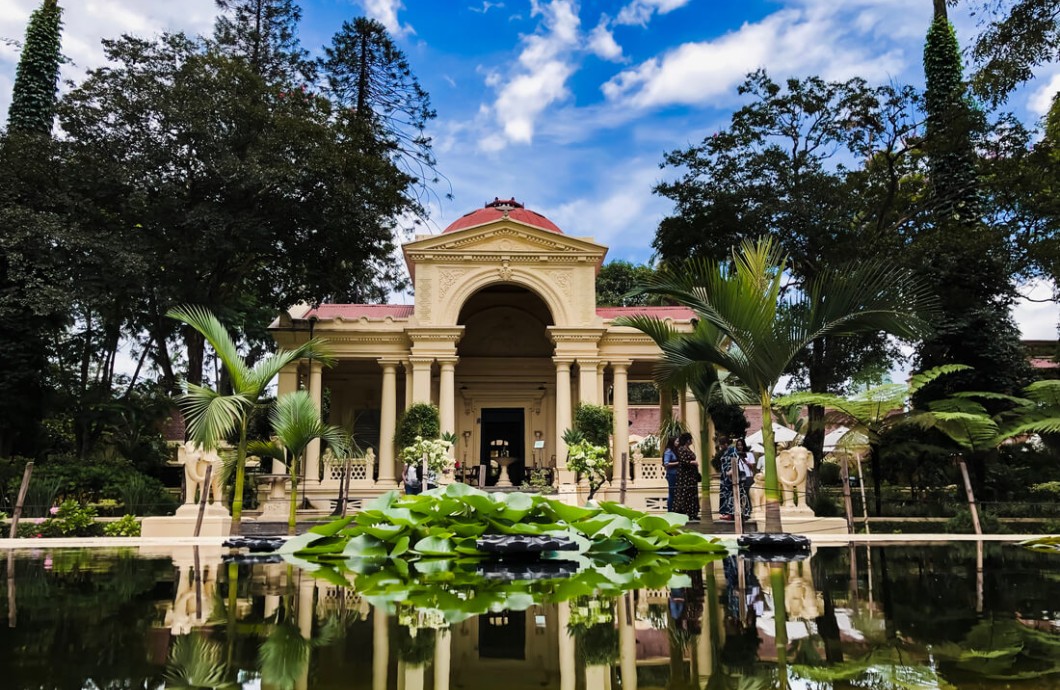
Running every Saturday, it hosts Driard’s creations alongside fresh fruits and vegetables, artisanal pastries and bread, homemade jams and chutneys, organic honey, and other local produce. And complementing the market is a special brunch menu and an all-day happy hour at this contemporary European eatery that repeatedly wins rave reviews. Another unexpected discovery is the oasis-like Garden of Dreams. Because Kathmandu can be as frustrating as it is fascinating, you’ll be in dire need of a little serenity following a few hours of exploration. And with its ponds, pergolas, fountains, and amphitheatre, this neoclassical garden built in the early 1920s guarantees just that. You may even chance upon a marble inscription of Rubáiyát of Omar Khayyám while you’re around.
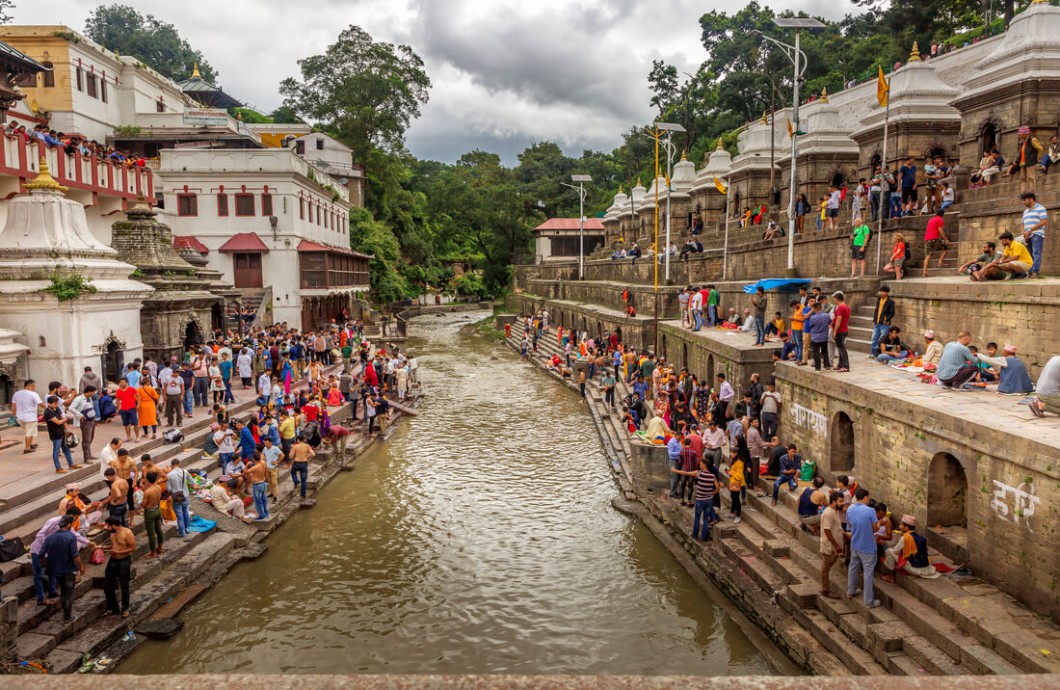
The backpacker hub of Thamel is located within a two-minute walk, but resist the urge to refuel at one of its nondescript momo joints – a more memorable meal awaits at Raithaane. Hidden in the courtyard of a traditional Newar house, it’s rooted in reviving the ancestral ingredients that modern-day Nepalis have forgotten. In a country where foreign foods are quickly taking over, this translates to dishes designed to celebrate the nuances of Nepali cuisine – think: batuk (black lentil fritters served during special occasions by the Magar community), rikkikur (potato pancakes traditionally consumed by Sherpas for breakfast), and arikanchan (taro leaves layered with lentil paste and considered a delicacy amongst the Tharu caste). Bonus: dal bhat is nowhere in sight. Once satiated, make your way to Baber Mahal Revisited as Kathmandu’s creative spirit beckons from across Bagmati River.
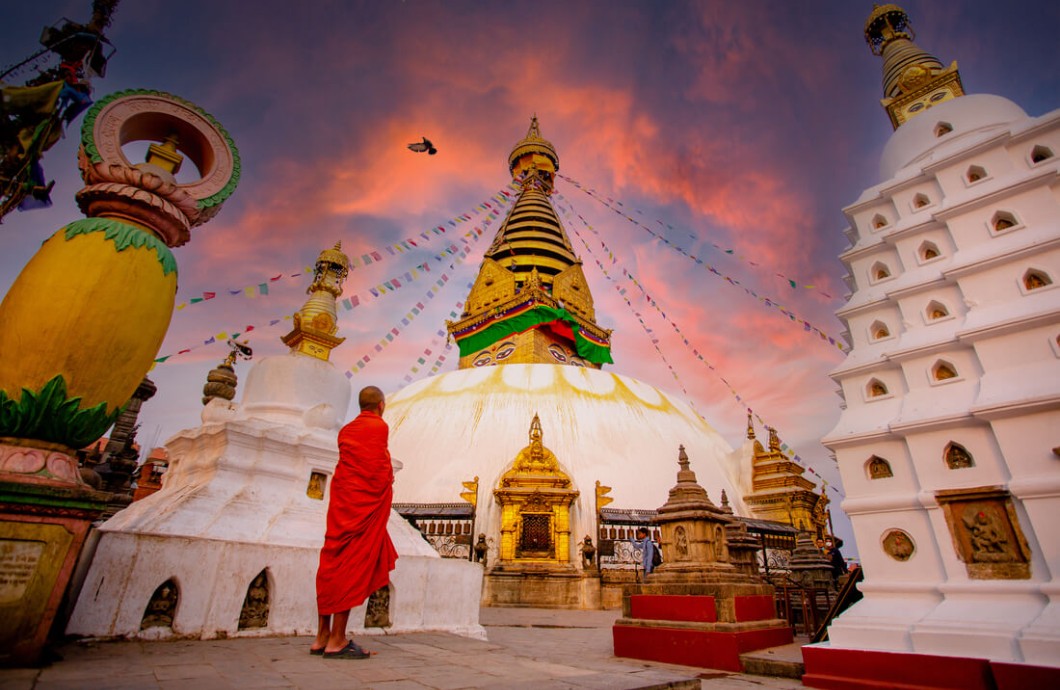
A former palace belonging to the Rana dynasty – Rajputs of Indian origin – that ruled Nepal from 1846 to 1951, this complex houses upscale boutiques and boutique hotels that design enthusiasts will appreciate. Championing Nepali talent since 1987, Siddhartha Art Gallery runs contemporary art exhibitions, workshops, lectures, and other events. Elsewhere, KAMA X NEBA carries delicate jewellery and consciously created garments, while Marina Vaptzarova is the definitive address of luxe stationery and home décor products that are sustainably made (the lokta paper journals with brass detailing are especially chic). Baber Mahal Vilas and 3 Rooms by Pauline also reside within Baber Mahal Revisited, both hotels adding to the premises in their own way. The former is amenity-rich and run by the descendants of Nepal’s longest ruling prime minister, while the latter is intimately sized and subtly decorated with Indian accents, a nod to the aforementioned Rajputs.
WHY NOW?
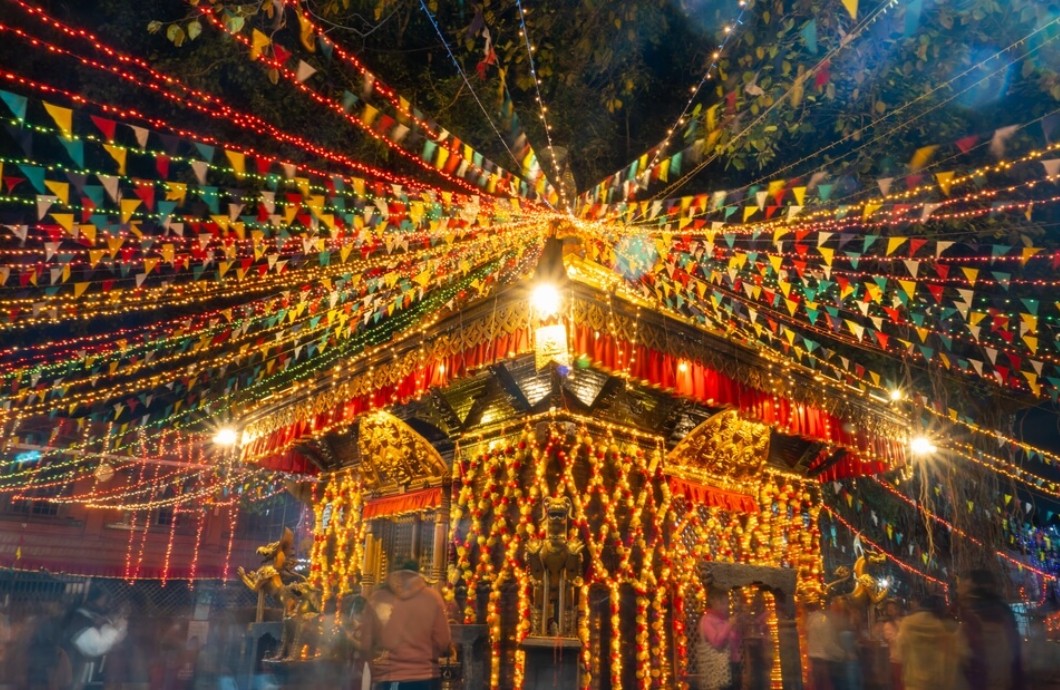
A word to the wise: all the research in the world won’t prepare you for attending one of Nepal’s frenetic festivals – but therein lies their appeal. I unknowingly stumbled into the festivities of Gai Jatra – the festival of cows – at Kathmandu Durbar Square, a UNESCO World Heritage Site owing to its ancient palaces and temples. A celebration of life, this annual festival sees thousands of people from the Newar community honour loved ones who have passed away, but its spirit is far from sombre. The procession entailed singing, dancing, young boys sporting elaborate headdresses, and the offering of cash and gifts to any cows moving slowly through. Unsure of where I fit into this picture, I was lost – both literally and metaphorically – but relished the experience once I surrendered to my surroundings.
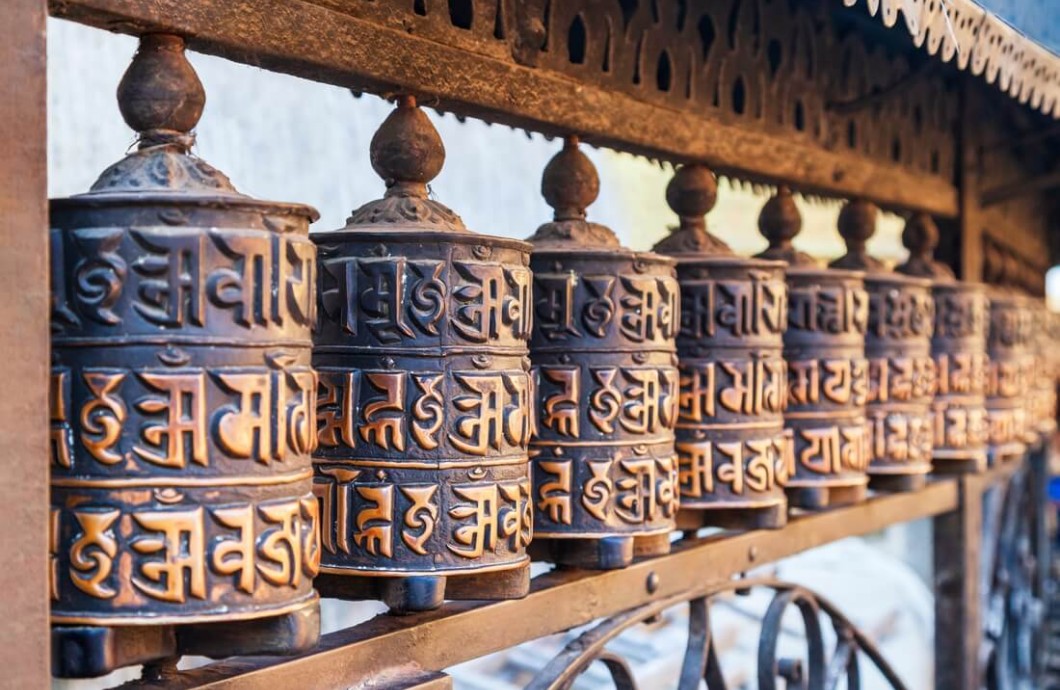
As it happens, the month of October will bring with it two significant festivals: Dashain (October 7-20) and Tihar (October 22-27). The longest Hindu festival, Dashain is typically celebrated for two weeks with prayers and offerings to goddess Durga (who symbolises valour and prowess), as well as kite flying and sword processions. And because family gatherings are prioritised during this time, the city’s population drastically reduces as countless villagers head back home. What’s even better, is that during the ninth day, Taleju Temple – which is normally out of bounds – is open to the public. Soon after, Tihar (the equivalent of Diwali in India) will span five days, a festival of lights honouring the god of death, Yama. With homes adorned with garlands and brightly lit with candles, now’s the time to pay Swayambhunath Stupa a visit – those hilltop views over Kathmandu and beyond? Breath-taking.
